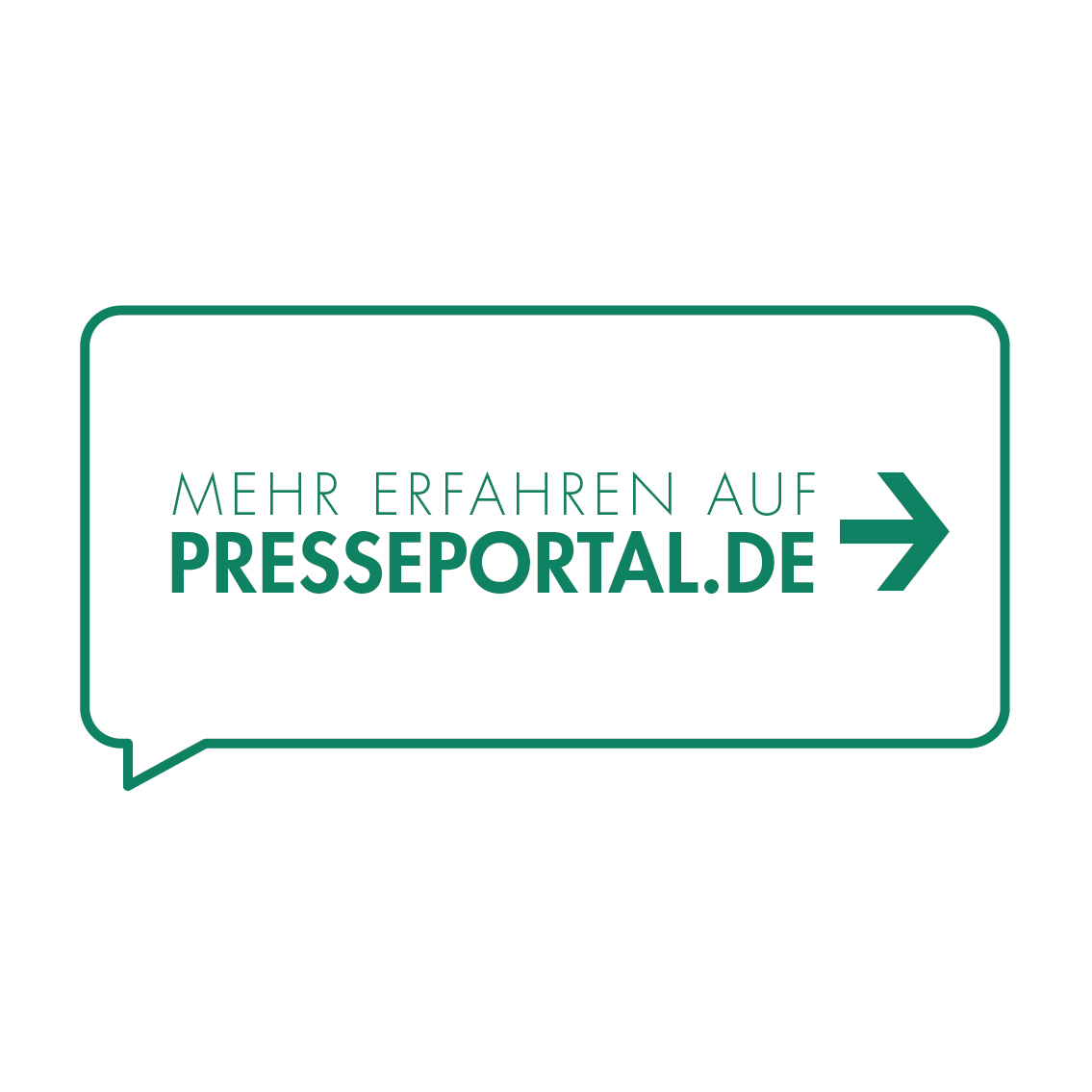11.07.2023 – 10:09
Federal Institute for Occupational Safety and Health
Dortmund (ots)
In order to be able to reliably identify and assess health hazards at the workplace, the Federal Institute for Occupational Safety and Health (BAuA) and the Institute for Occupational Medicine, Safety Technology and Ergonomics (ASER) have developed and further developed key indicator methods for all types of physical stress. In the recently published baua: Practice “Body Compulsory Postures”, the key indicator method for this type of stress with important background information is made available to operational practice.
Forced postures are defined as strenuous postures that are predetermined by the work process and have to be maintained over a longer period of time. These include, for example, kneeling or heavily bent working postures. These forced postures can lead to musculoskeletal disorders of the lower and upper back, shoulders, upper arms including the neck and knee joints, legs and feet.
Activities with high stress due to forced postures occur in various sectors and professions, examples are tiling, assembly line work, ceiling installation, painting work, cucumber harvesting while lying down, working at the microscope or in shafts. With the help of the key indicator method, hazards due to constrained physical postures can be identified, determined and evaluated.
Before using the key indicator method, a basic check and an initial screening can be used in a first step to check whether the load type actually occurs. If there are indications of increased stress due to constrained postures, important characteristics (key characteristics) of the type of stress such as duration/frequency, posture and execution conditions can be recorded and evaluated more precisely with the key indicator method. A point value is then calculated from the ratings of the key features, which is assigned to a risk area for the occurrence of health consequences.
The procedure is based on a traffic light model that ranges from green or “low stress” (overstrain unlikely) to red or “high stress” (physical overstrain likely). From this, the further procedure after the risk assessment is derived, for example measures for the ergonomic design of the workplace or the offer of occupational health care.
The method serves as an aid for company practitioners such as managers, work designers, employee representatives, safety specialists or company doctors.
The baua: Practice “Body restraints – risk assessment with the key indicator method” can be ordered from the BAuA web shop or downloaded as a PDF from the website at www.baua.de/publikationen.
Research for work and health
The BAuA is a departmental research institution in the business area of the BMAS. It conducts research, advises politicians and promotes the transfer of knowledge in the field of safety and health at work. In addition, the institution fulfills sovereign tasks in chemicals law and product safety. Around 800 employees work at the locations in Dortmund, Berlin and Dresden.
Press contact:
Lea Deimel
Federal Institute for Occupational Safety and Health
strategic communication
Friedrich-Henkel-Weg 1-25
44149 Dortmund
Tel.: 0231 9071-2562
E-Mail: [email protected]
www.baua.de
Original content from: Federal Institute for Occupational Safety and Health, transmitted by news aktuell
